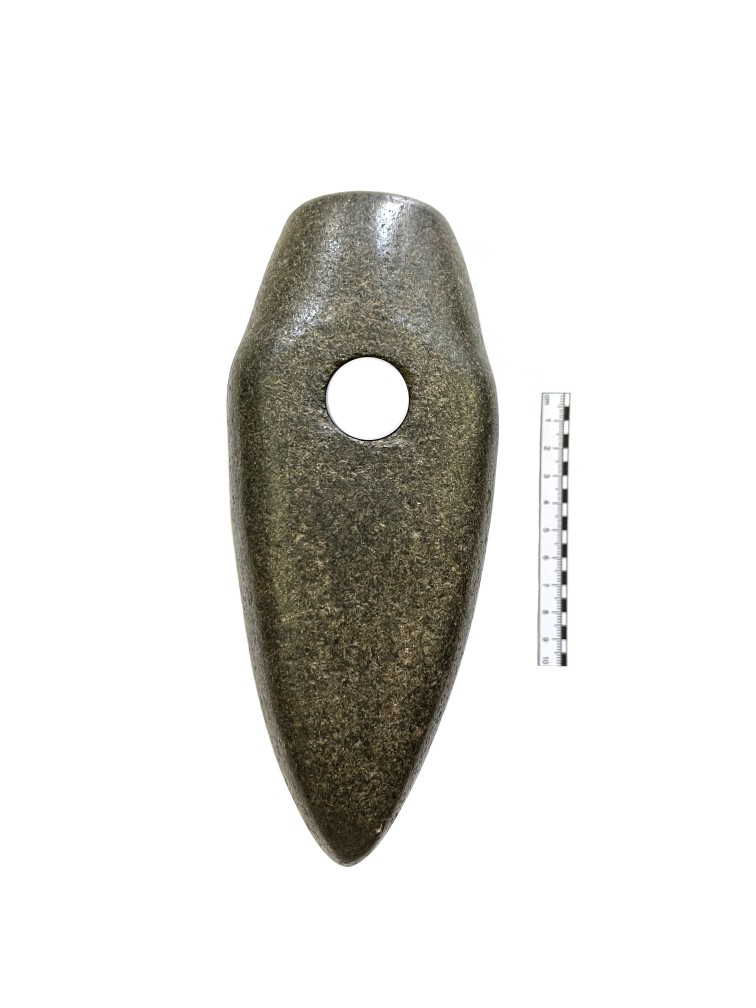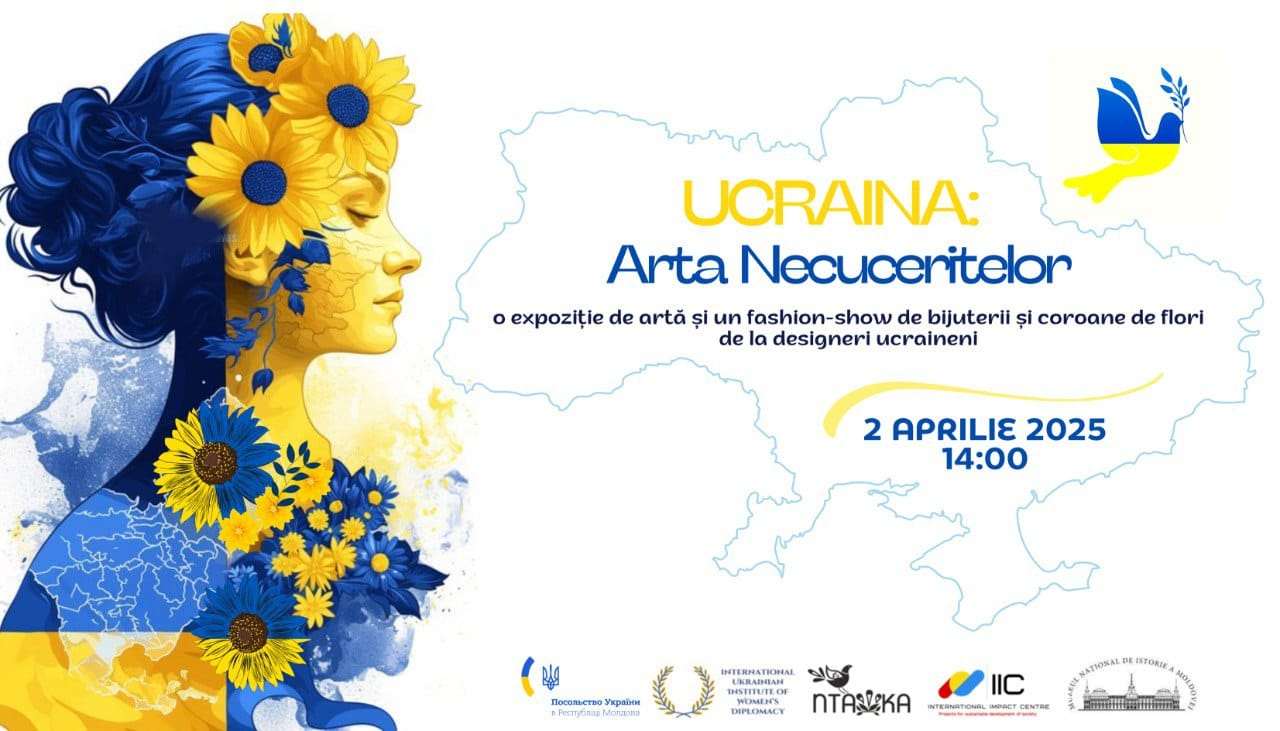  Events Archive Events Archive
Charity event at the art exhibition
April 6, 2022
On Wednesday, April 6, 2022, at the National Museum of History of Moldova, the Hospices of Hope Moldova and the Embassy of Ukraine in Chisinau organized a charity reception entitled "For Ukraine - Charity Reception", which was attended by officials, ambassadors, businessmen, artists of Ukrainian origin , refugees in the Republic of Moldova. The event benefited from an artistic program offered by Igor Znatakov, the chief conductor of the V. Vasilko Ukrainian Music and Drama Theater in Odessa, together with his family. Olesea Shevchenko, wife of the Ambassador of Ukraine in Chisinau, president of the non-profit organization International Women's Club of Moldova, gave an extraordinary recital of Ukrainian songs.
His Excellency the Ambassador of Ukraine to the Republic of Moldova Mr. Marko Shevchenko thanked the participants and the hosts. Among the donators within the event was also the President of the Republic of Moldova, Maia Sandu, who took part in the action and delivered a message of compassion and hope. The event was also supported by the First Lady of Ukraine, Olena Zelenska, who sent a message of gratitude to the organizers and citizens of the Republic of Moldova. Livia Sîrbu, Deputy Director for Public Relations of NMHM, Alexandru Argint, Deputy Director for Administration of NMHM, Lara Moraru, Executive Director of Hospices of Hope Moldova, George Teodorescu, Director of Mixbook Moldova, gave speeches of thanks and welcome. Funds were raised to an account on the website www.hospicesofhope.md, through a silent auction during the event and an auction with the announcement of prices. The exhibition opened in the ground floor hall of the National Museum of History of Moldova will end on April 14, and the final amounts will be announced on April 20. The National Museum of History of Moldova is honored to be among the partners of this charity event, being open to contribute at any time to the promotion of actions in support of refugees and other socially vulnerable categories. The National Museum of History of Moldova is a promoter of peace and peaceful coexistence between peoples. Moldova for Peace!
|
 31 August 1989 St., 121 A, MD 2012, Chisinau, Republic of Moldova
31 August 1989 St., 121 A, MD 2012, Chisinau, Republic of Moldova



















































